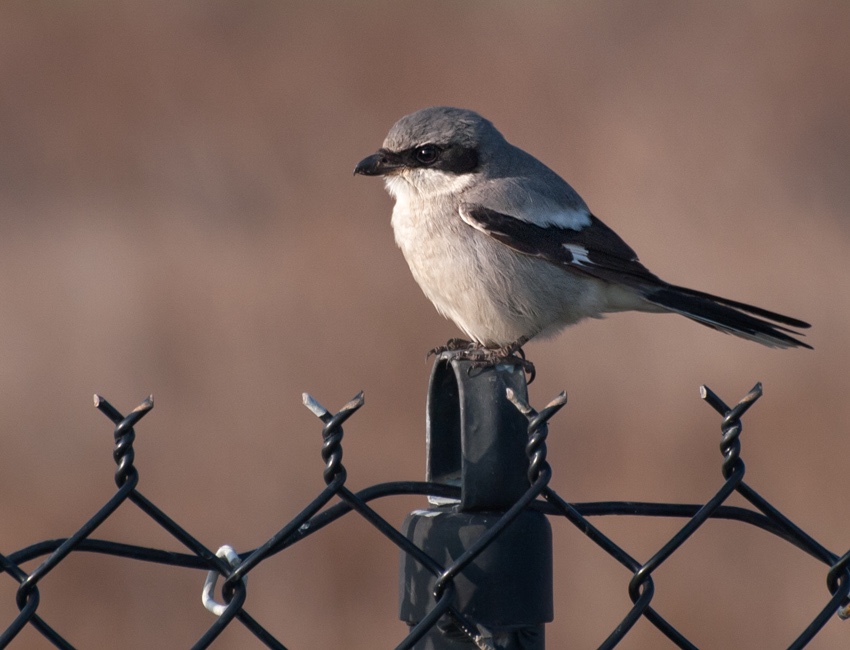
[The photos here are of animals, scenes and experiences shared by or with fellow photographers and birders.]
To Share or Not Share Wildlife Locations
One of the best things about wildlife photography, outside of spending time with wild animals, is the community you build. A good number of us grew into this pursuit because we connected with animals … which then translated naturally to observing them behind the lens. Most of us share a zeal for the craft, and — especially — a lovefor our subjects, the animals we photograph and also protect, fervently.
Over the years, other photographers have entrusted me with their emeralds and sapphires — sharing their best wild sightings and most sacred spaces. I’m grateful for the privilege. And I enjoy paying their goodness forward by sharing my own information and inspiration with others.
In my mind, that’s the way it should be.
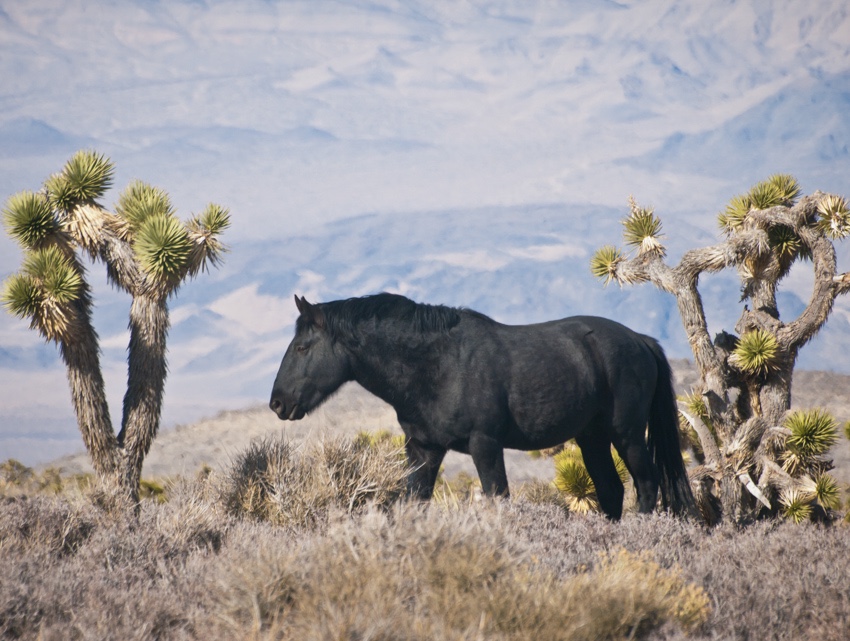
But, this is REAL LIFE, right?
It’s happened to me and to many people I know — the betrayal of that disclosure. You start out sharing with enthusiasm, then learn over time your information was misused.
In one case, I disclosed some locations to a photographer and later learned he regularly trampled over basic wildlife ethics, and invited others to do the same.
An acquaintance of mine gave information about Burrowing Owls to a trusted colleague who promised she would keep the location confidential. Then, that person showed up with friends, posted the location online, and the word spread exponentially until the location was overrun. The owls didn’t return to that spot the following year, which may or may not be related.
In my life travels, these are the exceptions. I’ve had more positive experiences than I’ve had disappointments. But it’s tough to assess a person’s intent in person, let alone online, so I’ve become much more selective about what I disclose in public. I’m not hoarder of information. I simply view the animal’s welfare as my top priority.
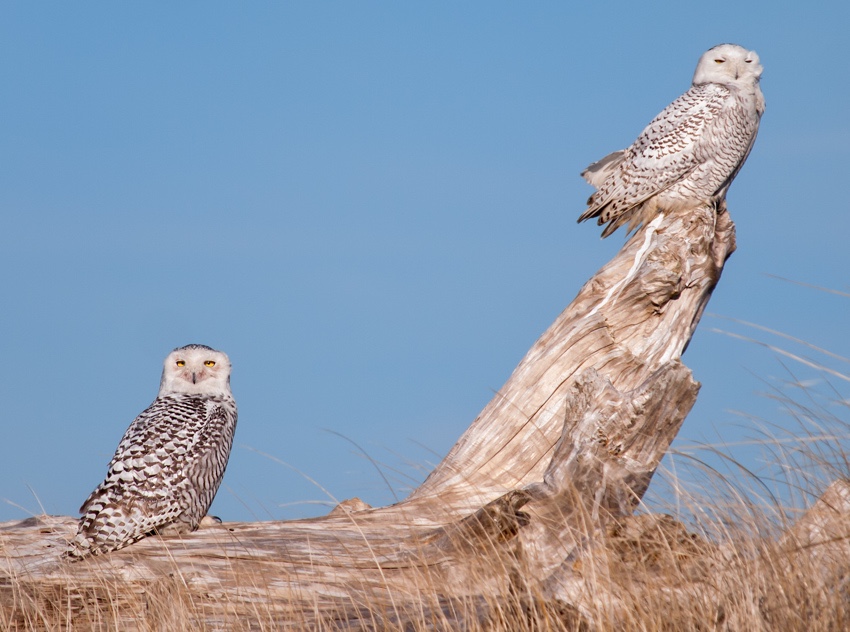
Even with wide disclosure of locations, most photographer-wildlife interactions don’t result in lethal or injurious effects for the animals. There is, however, another consideration when deciding what to reveal. Several years ago, I came upon a piece in Field and Stream, where the author, a hunter, discussed using birding lists for scouting.
“When Waterfowlers Lie, Turn to Birdwatchers to Help Zero In on Area Ducks” ~ Excerpts:
“When it comes to divulging useful information about the ducks and geese they hunt, waterfowlers are easily the shiftiest, most obtuse and completely untrustworthy pack of liars in the outdoors. I know I am, and I’m pretty sure you are, too. Asking a duck hunter, especially a public water duck hunter, to share info about the ducks he’s been seeing is tantamount to asking him to share Polaroids of his wife. It just ‘aint gonna happen.”
“But if you really want to get you and your dog into some birds, here’s a tip on a gold mine of potential waterfowl information that’s right under your nose and right at your fingertips, and the best part is it’s completely tamper-proof from waterfowling degenerates like us: birdwatching listservs. That’s right, birdwatchers.”
To be fair, he claims to use listservs to get a sense of migration patterns, not to target particular ducks. But you may remember the controversy a couple of years back about a Harlequin Duck shot in Utah. There was suspicion, I don’t know if it was confirmed, that the hunters used birding lists to find and shoot at that particular location.
The ABA blog discussed this incident in How the Harlequin Duck Lost His Life. A commenter on that post wrote:
“The Falcated Duck at the Colusa National Wildlife Refuge this past winter could have suffered the same fate if it had been found outside the non-hunting zone. Hunters found out about it from the listservs and then on a hunting discussion forum several were talking about ways to get it to leave the non-hunting area so they could shoot it. In Humboldt County, there is a hunter who checks the listserv and the local telephone birdbox because he uses it to find rare ducks to shoot for trophies. He shot a Steller’s Eider on South Humboldt Bay years ago. Hunters and falconers can and do use directions birders give for rare birds to their advantage.”
The following short exchange comes from a popular waterfowl hunting board:
COMMENTER 1: Anybody on here heard of or use [the bird listserv]? It is an email list where bird watchers report sightings, field reports, interesting bird behavior. I am a birdwatcher and a hunter. This resource seems to be helpful to give an overview of migration. People report on new birds moving into their “birding” spots. It’s an interesting email. I don’t let too many birders know I am a hunter because of the fowl (hehe) reactions I have gotten ….
COMMENTER 2: Read it everyday … rarely post to it … its been a scouting tool for years.
COMMENTER 3: Typically when I start chasing seaducks I visit this site. Great secondary scouting tool. There info can be more accurate than the forums.
The situation is obviously more precarious for birds on hunting bucket lists — the birds coveted as trophies and collections. A piece at Outdoor Life listed “8 Birds to Bag Before You Die.” I won’t link out, but here are a few excerpts to show what these beautiful birds are up against:
- King Eider: “King eiders are maybe the rarest of prizes …”
- Cinnamon Teal: “Hunters looking to put a U.S. teal slam together face a serious challenge when it comes to this small, dark-red duck.”
- Barrow’s Goldeneye: “This blue-headed, yellow-eyed duck can haunt any hunter who wants to complete a sea-duck collection.”
- Mottled Duck: “On the bright side, because mottled ducks don’t migrate, they’re one of the most banded waterfowl, so you have a good chance of adding some bling to your lanyard.”
- Brandt Geese: “Brant make a great addition to Canada and white-front goose mounts and provide a different style of hunting.”
Does this listserv issue matter?
It doesn’t to some people, including some birders and photographers. I’ve read opinions suggesting that if the activity is legal, it ought to be acceptable. I don’t share that view for many reasons. But for the purposes of this discussion, I feel personally responsible if I’ve made anyone, human or nonhuman, more vulnerable because of my actions or revelations.
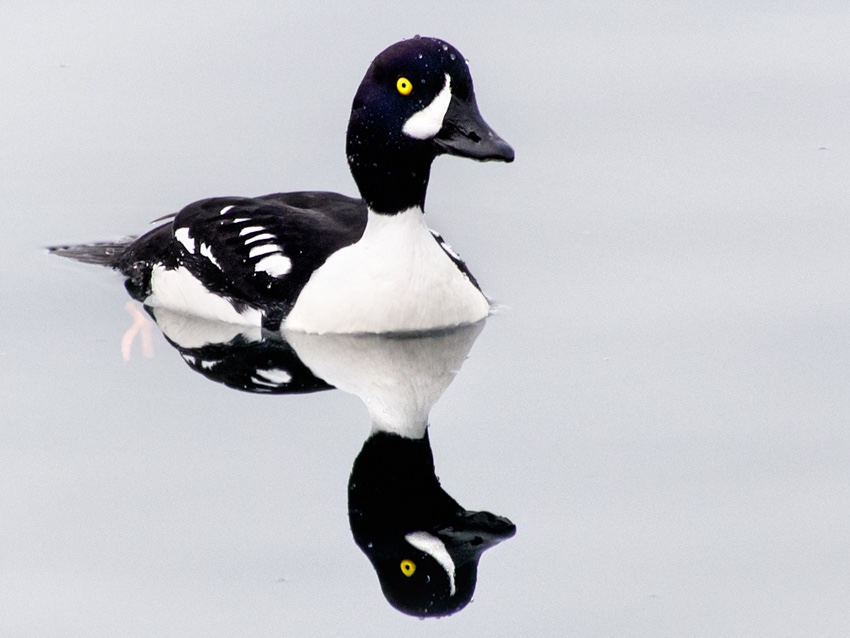
INTENT ~ WHEN SHARING HELPS PROTECT
Buddhists have a term, samma sankappa, which loosely interpreted speaks to “RIGHT INTENT”: the intent of goodwill and harmlessness. That’s obviously an over-simplification. But in deciding what to share without completely withholding, intent and possible outcome inform my wildlife choices.
Will sharing this information have the effect of harm or harmlessness? Or better yet, can sharing this achieve some possible benefit to the animals?
One “should I/shouldn’t I” situation for me was in the context of a citizen science project. I was the first to stumble upon a local colony of Caspian Terns — a nesting colony we later monitored for eggs and chicks. Because the terns were in an urban area, subject to the tolerance of local landowners, I didn’t know how much to say or report when I first discovered them. Ultimately, I contemplated the above question and decided that the more people who knew about the colony, the better the chances of public protest should any action be taken to haze or remove the terns (something that’s happened with some regularity in the Northwest).
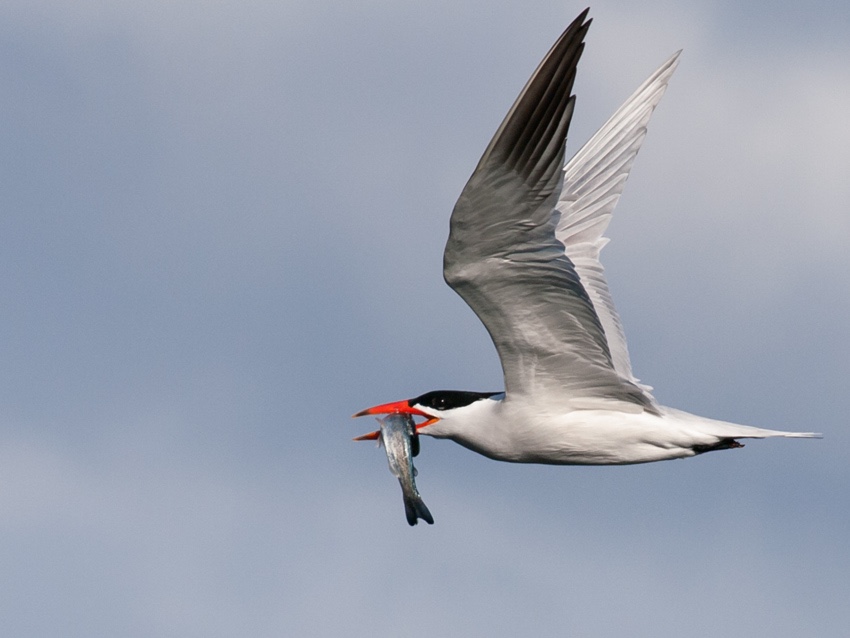
MY PERSONAL RULES:
- I don’t share locations of nests, dens or baby animals. One exception would be a public rookery like the heron rookery just down the street from us. It’s in a public park, well known and monitored by a local conservation group. There are so many reasons not to bother baby wild animals — spooking the parents away, creating a scent trail for predators — and I don’t want to contribute to that hazard.
- I don’t share (for the reasons stated above) locations of animals that could be targeted during hunting season. That includes birds and mammals. If I think disclosure of the location might in any way make that animal a target, I refrain.
- I trust my hunches about when to share with individuals. For instance, Hugh and I met two men at a remote Washington wildlife refuge, saying they were birders, and asking about rare ducks we may have seen. Their demeanor and the questions they asked made us believe they were probably scouting a hunt. We didn’t reveal anything.
- If I share information with a new photographer, I include my sentiments about field ethics. I made some ignorant mistakes at the outset of my own endeavors, and I benefitted from those who helped me to better understand.
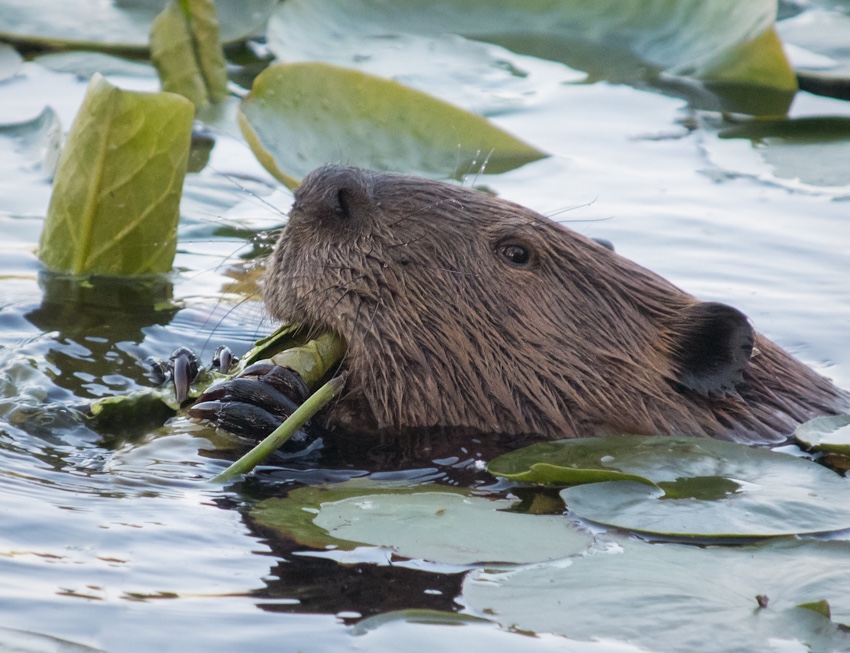
To my fellow photographers and wildlife people: What are your thoughts on this issue? Do you share on listservs? Do you feel uncomfortable at all with location disclosures?

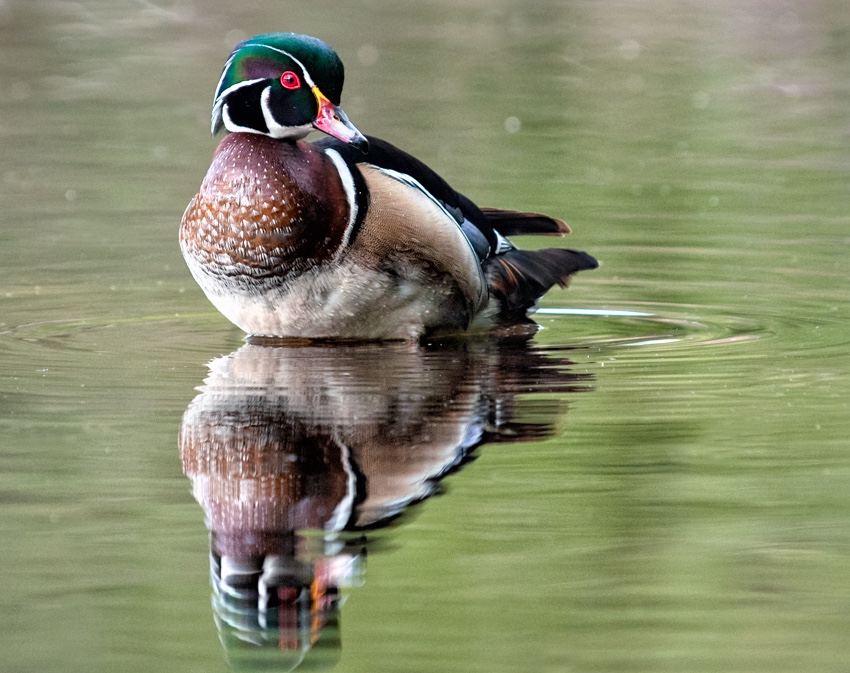
I absolutely never disclose any of my locations. There is no real hunting tradition here in P.R., because this is an island, and not a continent, so we don’t have the duck migrations, nor deers and coyotes. So I imagine what you have gone through to try to protect your subjects from abuse and exploitation, specially when there are birdwatcher lists going around and bounties on coyotes and other animals. The issue you’ve brought here is extremely important, but then again, discretion is a quality that only the wise have.
Maria, that’s valuable feedback for me, that you keep locations private. I admit to being conflicted at times over keeping information to myself when others have shared so generously. I guess you could argue that I haven’t knowingly abused the privilege. But in many cases, people had no way of knowing what I would do with the information. In the end, the animal’s welfare has to be a priority. I hope we’re all finding some balance between passing along our passion and compassion, while also protecting the animals’ interests. It’s been shown too many times that people who intend to harm wildlife and who have location information will do so.
I suppose there could be a balance with “sharing” with compassion, but my experience with photographing animals has always been a very private and personal one.
Thank you for posting about this very important and disturbing issue Ingrid. I have not been a serious birder for all that long but I never would have thought that there are people out there that would take advantage of information like this to kill wildlife. I imagine that this sort of thing is not a common occurrence for passerine birds but I can see from your post that it can obviously be deadly for waterfowl and other hunted species. I will be linking to your post on the list serves that I use because I imagine that there are many birders out there like myself that have never considered this deception by unscrupulous people.
Larry, thanks very much. We know there are conservation-minded outdoors people who value those species as living entities, too. In the Utah case, there were a few hunters saying they would not target such a visible bird. But, my experience has rendered me way too cynical. I just read recently some reports from local Washington hunters who were complaining about guys hazing elk from private property onto public property so they’d have a shot at the bulls before the season ended. I believe you had some experience with hazing of ducks. It’s difficult to grant the benefit of the doubt when you witness these things, regardless of how frequently or infrequently it happens.
How disturbing the lengths some hunters will go to just to kill a trophy.
I never share any info with anyone I don’t know. If it’s a casual what are you filming question I just respond that I’m out enjoying the day and capturing anything that strikes my fancy.
If I get into a more involved conversation with a photographer or filmmaker I’ll give them my business card and offer to meet up with them and go filming sometime. It gives me a good opportunity to see their ethics at work.
I’ve been fortunate to have filmed some pretty amazing things by earning the trust of landowners and other filmmakers. I never betray that trust and if I’m asked to do something like not go to an area without them being present, I don’t go.
Honoring their wishes and keeping their trust has expanded my filming reach as they introduce me to their friends and learn new places to go film.
Kevin, thank you for this response. You’ve helped me rethink and reframe the thesis of this piece, actually, by what you illustrate here — that the ultimate exchange of ideas comes from relationships that grow organically in trust and integrity. You speak to this issue well.
I suppose there’s an exclusivity implied in the idea that people earn the right to information. But, that’s true in other facets of life, so why should personal revelation be any less protected in this setting than in others? It helps that over time, based on incoming data and red flags, it gets easier to guess at a person’s ethical guidelines, earlier in the game.
It defies logic, wisdom and even self-interest … the gawkish disregard some people show in these matters. With just a morsel of insight, they’d realize they sabotage their long-term interests by squandering goodwill. A Daniel Boorstin quote comes to mind (from The Discoverers), that “the greatest obstacle to discovery is not ignorance — it is the illusion of knowledge.” I guess if you don’t know what you’re missing ….
The more serious the consequence, the more care one should take. The harm to an animal is much greater than the offense to a stranger from whom you withhold information. They must earn trust for this precious prize.
Hi, Martha, I agree. Maybe because I’m a middle child, the gray areas of life tug at me. 😉
I can’t effectively speak from an avid birder’s perspective either. Birding listservs are forthcoming for a reason: people are looking for rarities and life birds. As a photographer (and former rehabber) my focus is obviously a bit different. I enjoy opportunities when they present themselves, and I’d just as soon spend an hour photographing and observing a cooperative crow or pigeon. I love the experience of connection, when it’s allowed by the animals in our midst.
I often look at my older photos and wonder how many of my subjects are still alive, still thriving. It’s bittersweet to consider. The camera’s acute ability to capture the eye and the expression personalizes the “who” of them. You have animals you identify by their markings or even their injuries — and you root for them. There isn’t one image I look at that doesn’t hold an emotion or a recollection of that being.
That’s something people who steal photos don’t seem to realize: the photographer will recognize their own photo long after you remove the watermark, because there’s experience and a labor of love embedded in the pixels. Intangible but recognizable.
There is also a huge lack of education regarding Nature. There is also this “mysticism” about animals, even amongst educated people, that runs at an unconscious level. So as a Nature photographer I feel it’s my responsibility to protect the animal and environment where I’m shooting at. If others want to know about locations, it is their responsibility to educate themselves as to where to go and equipments to use. I know my best photographic moments have occurred without referrals from anyone and when I’m alone.
As to the hunting, if birdwatcher lists are going to be contributing to more killing, I would simply refrain from using them at all. I know birdwatching is a very healthy pastime, and has very good intentions. Nevertheless, I now see the potential area of conflict arising. Thanks for this post Ingrid.
Maria, I realize birding lists are used most often for educational value. But I admit I cringe when I see a bird that might be targeted by shooters, identified with precise location.
On our local list, there’s actually a rule against bringing up observations about hunting — because it could incite a hunting/non-hunting argument. It’s intended as a respectful gesture for the birders who are also hunters. I still disagree with the policy because when you share public lands with hunters as is common here in Washington, it seems only fair to point out what someone like me might expect or want to avoid as a non-hunter.
I’m with you on the idea of serendipitous encounters while out alone … coming upon something amazing and unexpected through your own exploration. I know I’ve benefitted at times from those who wrote about certain locations and what they saw there. But it’s usually in the context of a Refuge, a State Park or some other area that is otherwise well traveled. I generally don’t have any issue with posting about those locations myself.
I like (and share) your list of 4 personal rules, Ingrid. I have a 5th – to virtually never share the location of owls, nesting or not. I have to have an extra layer of trust toward the person before I’ll break that rule for owls and that rarely happens. Owls in particular just seem to bring out the worst in some folks,
I photographed that Utah Harlequin Duck before it was “harvested”. As a result of that event hunters can no longer hunt so close to the causeway and besides, due to drought the Great Salt Lake has receded so much that there’s no water near the causeway for almost its entire length. No water, no ducks.
Hunters crawling birding listserves gives me the creeps…
Ron, thanks for the comment and for the additional information on the Harlequin/causeway issue. Was it determined definitively that the duck was shot, do we know? I saw one comment in that hunting thread, by a guy who said he saw the ducks after. You never know, with all of the misrepresentation that tends to flow at those sites.
The owl rule is an important one — especially (I know you know) what tends to happen with the frenzies and the owl baiting. I confess that I would have never known about the Snowy Owls in Seattle had others not shared the information with me. It was one of my most educational experiences, so I do understand why people are anxious to share those sightings. You just wish, I suppose, that human nature wasn’t what it is.
Ingrid, I’m convinced that it was shot but not sure it could be proven.
Thanks, Ron. There are always several ducks on the lists I follow that are in danger of this type of targeting. I wonder why more people don’t consider that possibility. I think there is an argument for making a location know in order to PROTECT an animal. Sometimes greater scrutiny will, indeed, have that effect. It’s so disheartening that the Utah hunters, if that’s what happened, had no inkling whatsoever of that social contract. Or, worse, did so purposefully to defy it.
This is a short, related addendum … I came upon this blurb about the possibility of poachers using an image’s GPS info to target wildlife in Africa: This is a rather shocking development, if true, and I am sure it is. From Adam Pasick’s recent post on Quartz:
“The battle against poachers is becoming a technological arms race. For every elephant’s GPS tracking collar and drone for protective surveillance, there is also a poaching ring that’s trying to scrutinize a tourist’s safari photo to find the exact coordinates of an endangered species.”
From pronaturephotographer.com
[…] Thanks to my local list serve, Shasta Birders, I have been able to discover the rare birds in my area. I make this statement with this addendum; I would not post the location of a species that could be targeted during hunting season. For an excellent discussion on sharing wildlife locations, please read Ingrid’s post here. […]